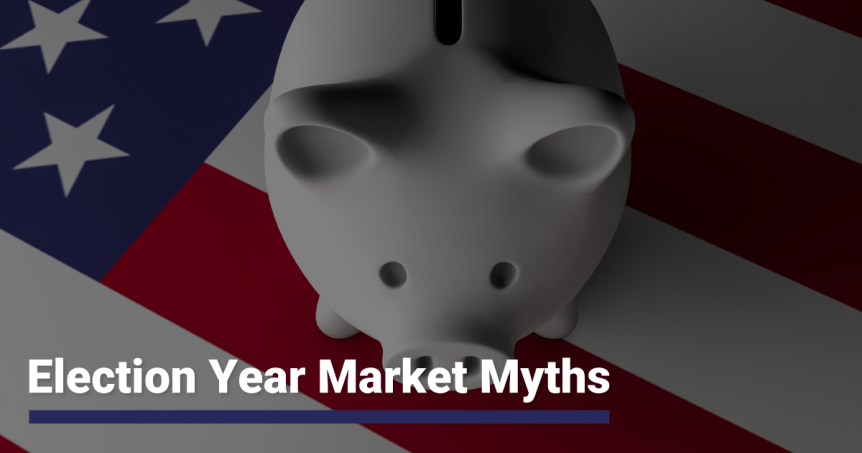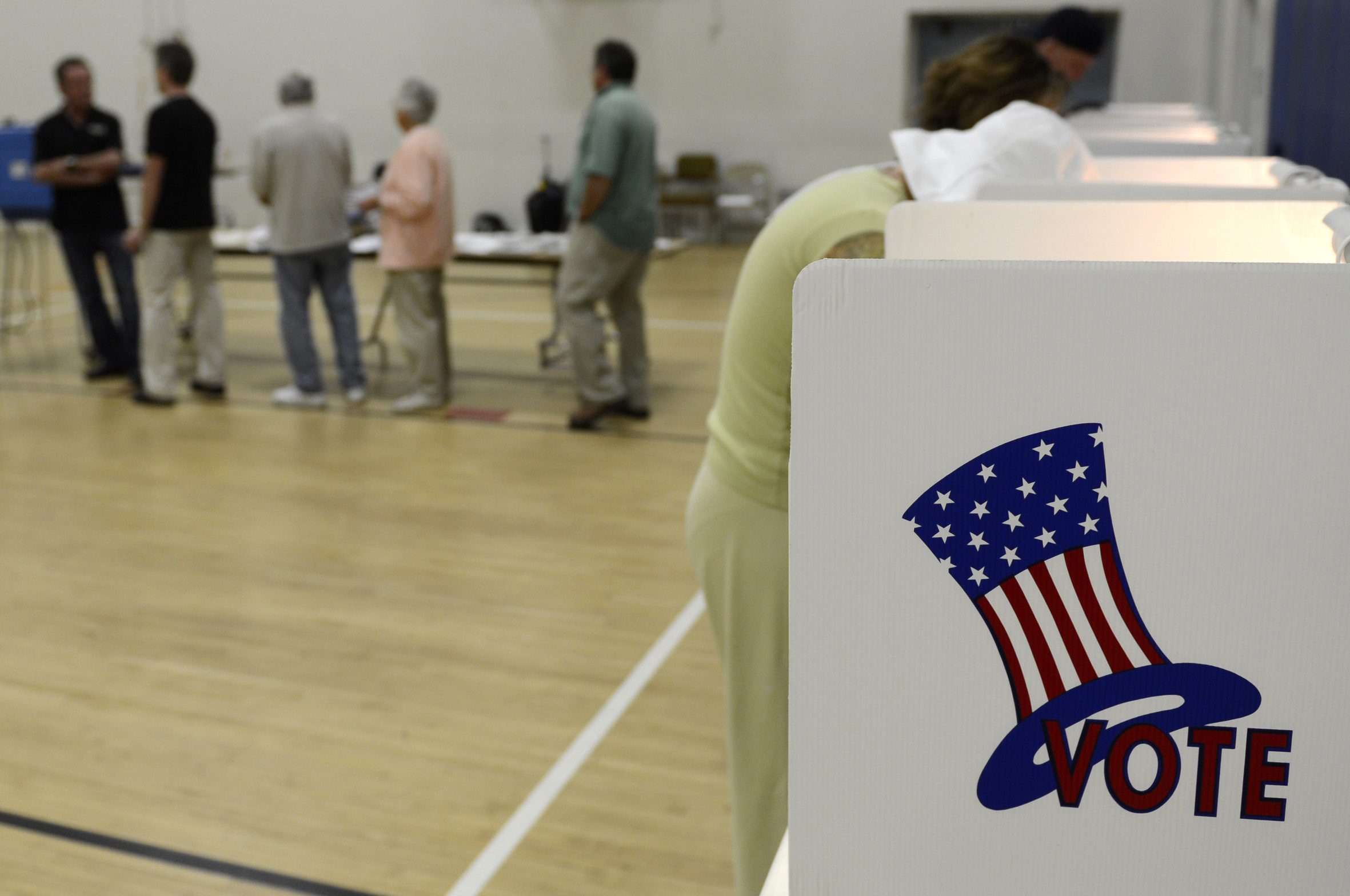UPDATE 2019: This article, originally published in 2016, continues to be one of our most popular posts.
As we find ourselves in the heat of the 2016 presidential election season, conversations are inevitably turning to how this election will affect the stock markets. In other words, we want to know how this election is going to impact our money.
To shed some much needed light on the topic at hand, let’s travel back in time and take an up-close look at the historical facts and dispel the myths how the presidential elections affects stock market cycles.
Myth #1: Stock Markets Decline During the Election Years
This myth is founded in the belief that the market is “spooked” by the uncertainty concerning who will be leading the country for the next four years, and that traders tend to be pessimistic in their outlook for the election year itself.
However, the data simply does not bear this out.
Admittedly, the S&P 500 does decline by an average of 1.2% during election years; however, this statistic does not factor in some significant outliers, which have severely skewed the results.
The most prominent example of this occurred in 2008, when the global financial crisis caused the market to decline by a staggering 41% for the year, with most of that loss coming in the second half of the year.
Most telling, 44% of all election years see gains rather than losses. In the end, it is practically a coin flip as to whether or not the market will see a gain or loss in a given election year.
Myth #2: Presidential Election Theory Can Predict Economic Cycles
There are analysts who have argued that the year following the presidential election (i.e. the first year of the new presidential term) will see a significant decline in stock markets.
Truth be told, this theory did carry some weight in the early 20th century.
In 1937, the first year of Franklin Roosevelt’s second term saw a severe economic recession and a decline in the market of 27%. Similar down years accompanied the beginning of Truman’s and Eisenhower’s administrations.
However, the latter half of the 20th century saw this emerging trend break with the installation of the George H.W. Bush administration. In fact, we experienced a market improvement of 25% in his first year.
This new paradigm was only perpetuated when President Bill Clinton took office. Stock markets jumped 20% the first year of his first term in office and 36% the first year of the second term.
Myth #3: Gains and Losses Are Split in a President’s Term
This theory speculates that presidents will see bear markets in the first two years of their term, and recovery in the last two (the theory is also applied to other negative events, such as wars).
However, this simply does not bear out in the data, and we can even observe this currently.
President Obama saw significantly higher gains in the first two years following his re-election than he has over the last two years so far.
Myth #4: Victory of a Particular Party is an Indicator of Future Market Growth
This theory concludes that the victory of either the Democratic or Republican candidate in the election will lead to an upswing in the market during the course of the subsequent administration.
In the final analysis, after researching the matter, we conclude that it really does not matter which party wins the presidency.
The Dow Jones Industrial Average has gone up an average of 9% annually during Democratic administrations since 1900, and an average of 6% during Republican administrations over the same time period.
This suggests that it really does not matter who takes office. Over the long term, the market should move in a positive direction.
With this data in mind, it can be reasonably stated that the presidential election cycle does not have any predictable influence on the performance of the stock market.
Flip-Side of the Same Coin…
However, the opposite can be said of the stock market’s ability to predict the outcome of the election.
In the three months running up to the date of the election, the performance of the market is a good predictor of the election results.
If the market has gains in that time period, the incumbent candidate or party can expect to retain the office; if the market has losses, then the out party stands a good chance of gaining the office.
Historically, the performance of the S&P 500 has an 86% rate in predicting the outcome of presidential elections.
Don’t Believe the Hype
Above all, this and all other famous stock market predictors just are not true and emphasize one that market timing is an ineffective and dangerous approach to investing.
So as you evaluate and zone-in on your favorite candidate for the 2016 presidential election, history encourages you to not worry yourself with how your decision will effect stock markets; because in doing so, you only breathe more life into old myths.








